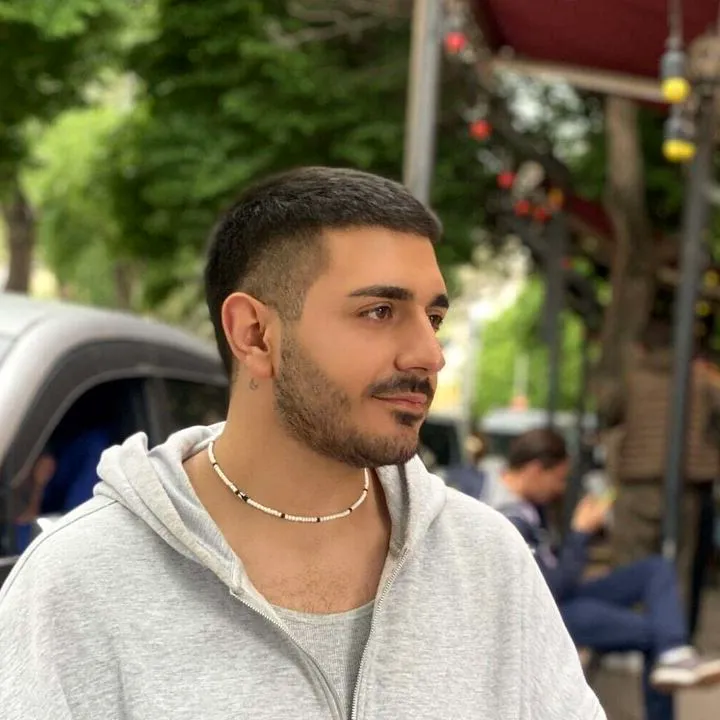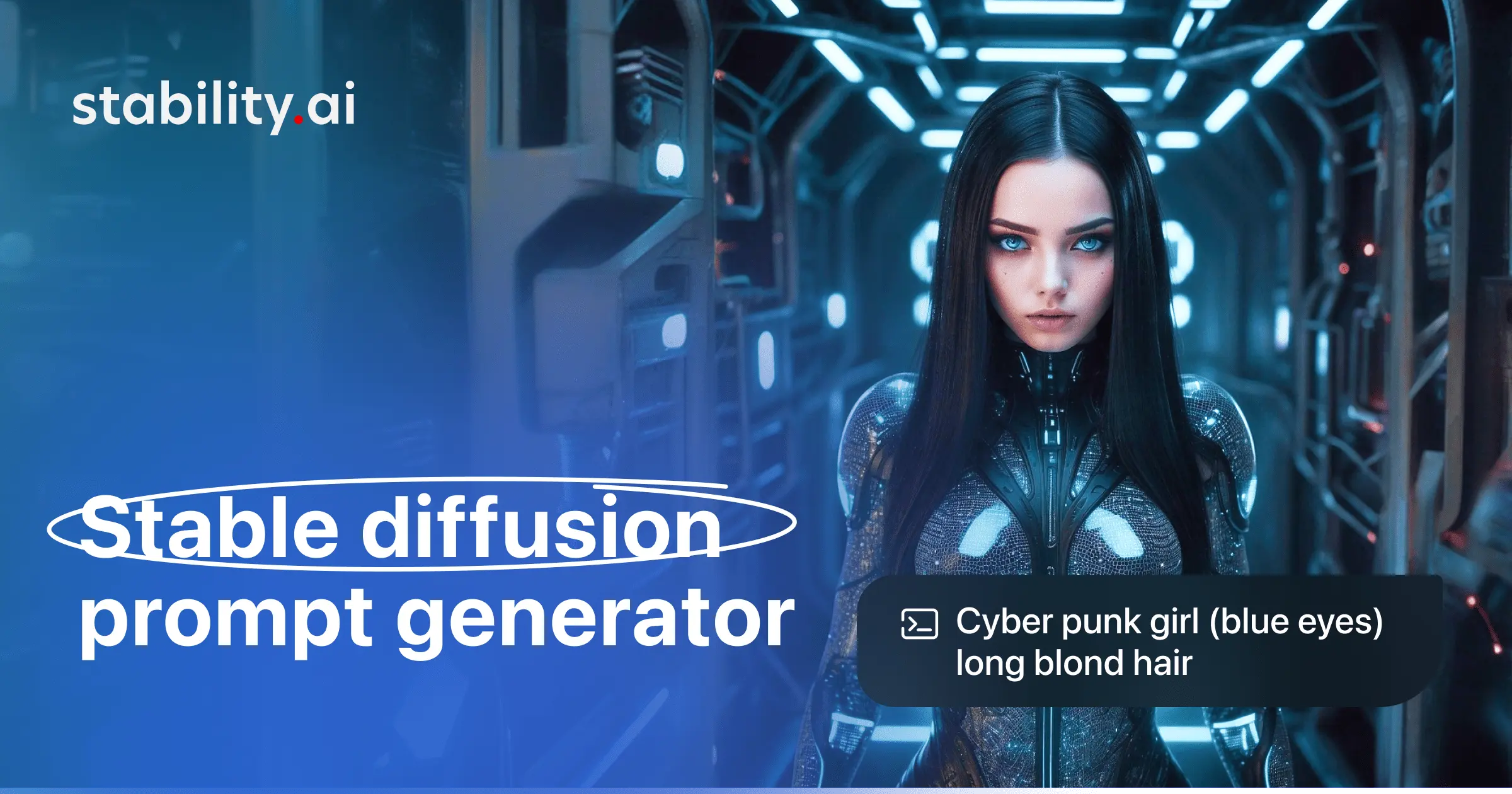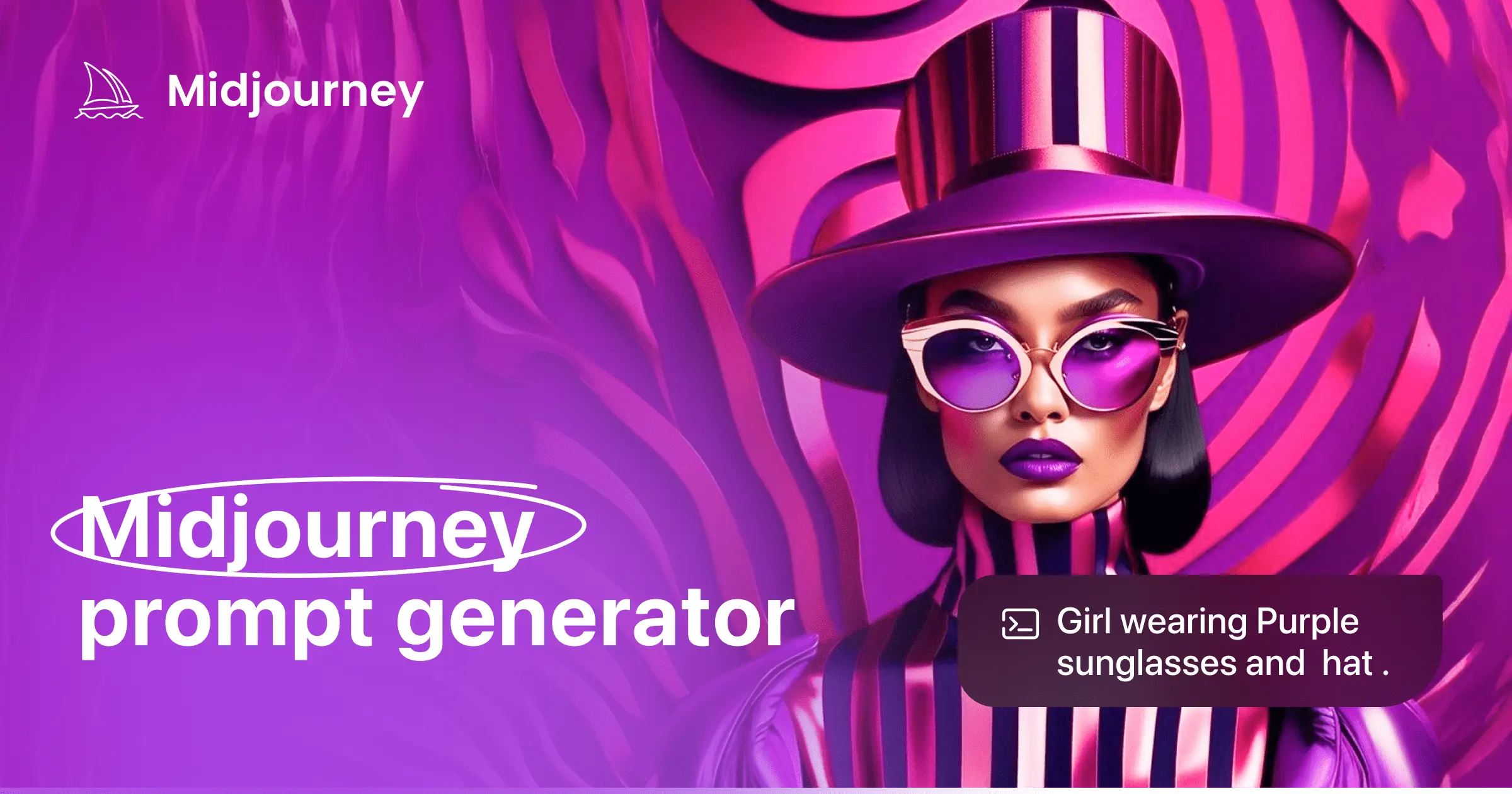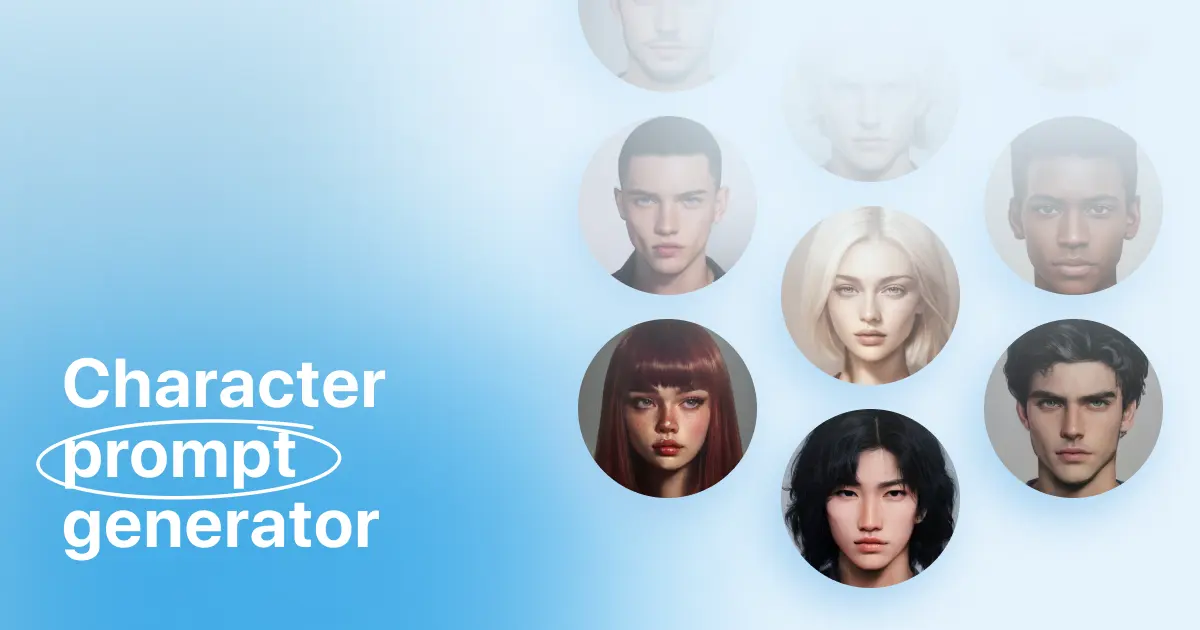
How to tell if an image is AI-generated? Signs and Detectors List
30 April, 2024
You know that feeling, right? You're cruising through Instagram, mindlessly double-tapping cute dog pics and travel #humblebrags, when suddenly – BAM! An image stops you cold. It's a landscape so breathtaking, with waterfalls cascading into pools the color of a unicorn's tears, that it makes your brain do a little glitch. "Is this even real?" you mutter, squinting at your phone like it holds the secrets of the universe. "Maybe it's one of those fancy AI-generated things everyone's talking about?"
Well, my friend, you've stumbled upon the exact question this guide is here to answer. We'll crack the code on AI-made imagery, equipping you with the skills to separate the photographer's paradise from the programmer's playground.
5 common signs AI-generated images tend to have
The Telltale Signs: Unmasking the AI Mastermind
So, you've got your detective hat on, and that suspicious image pulled up. Here's where things get exciting! Let's peek behind the digital curtain and unveil the five key giveaways that an image might be the handiwork of a clever AI program, not a click-happy photographer:
-
The Eerie Perfection: Nature is beautiful, but rarely is it flawlessly symmetrical. AI, however, loves symmetry. Look for scenes that feel a tad too balanced, with perfectly mirrored rock formations or leaves arranged with an almost unsettling orderliness.
-
Glitch in the Matrix: AI can struggle with intricate details, especially in repetitive patterns. Keep an eye out for strange anomalies in brickwork, nonsensical swirls in water reflections, or leaves growing at impossible angles. These glitches are like tiny cracks in the AI's carefully constructed facade.
-
The Nicki Minaj Fingers Curse: Do you remember when the queen of the rap herself made an AI mistake while she was trying to promote her “Press Play,” and the photo had 6 fingers? Pay close attention to hands and other appendages in portraits. Extra fingers, weirdly blurred digits, or hands that look like melted candles are all red flags that an AI might be the culprit.
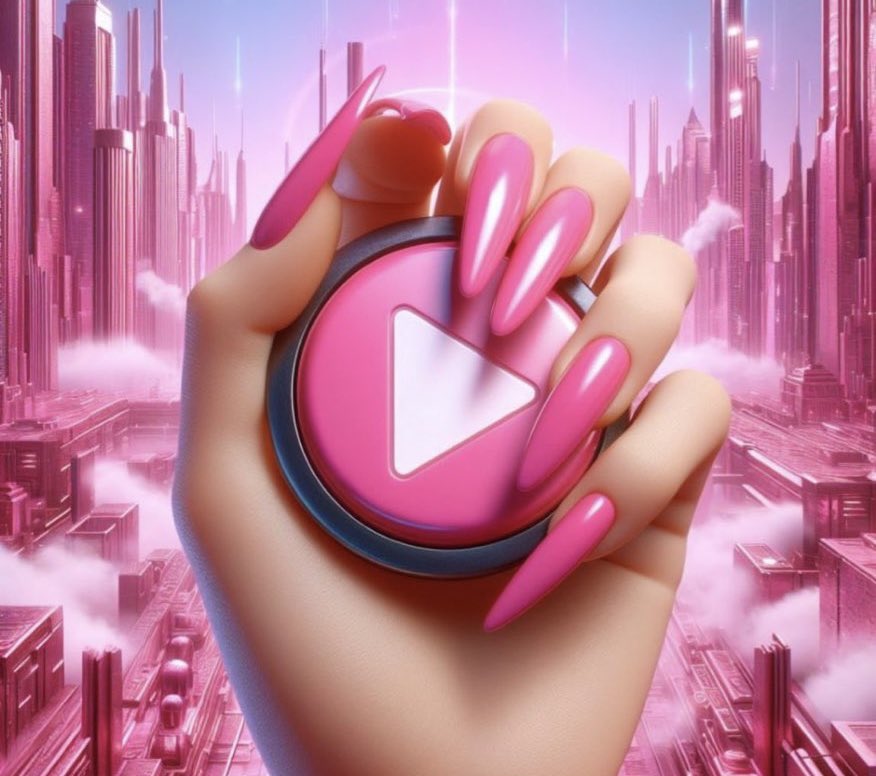
- Animal Antics: The animal kingdom can be downright bizarre, but even nature has its limits. If you see a photorealistic image of a lion with shimmering, technicolor fur or a house cat with unnaturally human-like eyes, it's time to question its authenticity.

- The Textural Trap: AI can generate convincing textures for some things, but others can prove tricky. Look for inconsistencies in textures, like oddly smooth rocks in a rugged landscape or water that appears too uniform, lacking natural ripples and imperfections. These subtle clues can help you sniff out an AI-generated scene.
The Birth of AI-Generated Photos
The Convolutional Revolution (1980s-2000s): As computer technology advanced, so did the sophistication of AI image generation. The concept of convolutional neural networks (CNNs) emerged, allowing algorithms to learn and recognize complex patterns within vast datasets of images. This newfound ability to "see" the world like a computer opened the door for more realistic image manipulation and generation.
The Rise of the Machines (2014-Present): A true breakthrough arrived in 2014 with the invention of Generative Adversarial Networks (GANs). This ingenious system pits two neural networks against each other: a generator that creates new images, and a discriminator that tries to identify real photos from the generated ones. Through this constant competition, both networks improve, with the generator ultimately learning to produce incredibly realistic images that can fool the discriminator (and sometimes, even us!).
The Future is Now (and Beyond): The field of AI-generated imagery is constantly evolving. Researchers are exploring new techniques and pushing the boundaries of what's possible. From creating fantastical landscapes to replicating artistic styles, the applications of this technology continue to grow. As AI continues to learn and adapt, the line between human-made and machine-made photos may become even blurrier. But one thing's for sure: the future of image creation promises to be an exciting journey of artistic exploration and technological marvel.
3 AI image detectors to try in 2024
The world of AI is rapidly evolving, and 2024 is seeing a surge in new image detection tools. These tools use artificial intelligence to analyze images and identify objects, scenes, and even emotions within them. While they're still very much in their early stages, with many users reporting limitations and frustrations, they offer a fascinating glimpse into the future of image analysis.
Here are three AI image detectors to try in 2024:
It's important to remember that these tools are new and far from perfect. You may encounter inaccuracies, limitations in what they can detect, and interfaces that are still under development. However, even with their current shortcomings, these AI image detectors present a valuable opportunity to:
-
Get familiar with the concept: By trying them out, you'll gain a firsthand understanding of how AI can be used to analyze images.
-
See the potential: While they may not be perfect yet, these tools offer a glimpse into the remarkable capabilities AI image detection has in store for the future.
-
Contribute to development: As you use these tools, you may encounter issues or have suggestions for improvement. Sharing your feedback with the developers can help them refine and improve these groundbreaking technologies.
So, don't be discouraged by the limitations. These new AI image detectors offer a chance to explore the exciting frontier of image analysis and be part of the journey as this technology continues to develop.
Conclusion
So, you've donned your detective hat and become a master spotter of AI-generated imagery. The next time you encounter a suspiciously stunning picture, you'll be able to dissect it with the confidence of Sherlock Holmes himself. But remember, the world of AI art is ever-evolving. As these algorithms become more sophisticated, the line between human and machine creation will continue to blur.
The question then becomes: does it truly matter? AI art offers a powerful new tool for creative expression, pushing the boundaries of what's visually possible. Perhaps the future lies not in a binary distinction between human and machine, but in a beautiful collaboration, where artists and AI work together to paint a future filled with even more stunning and imaginative imagery.




